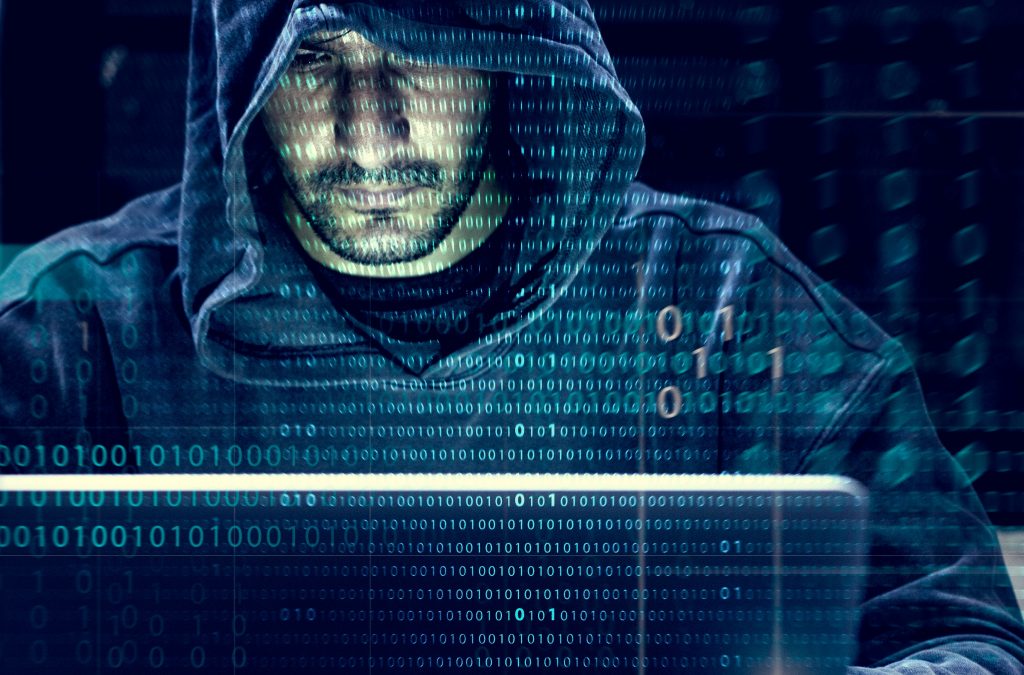Identity theft can occur by telephone, email,
text message, trash diving, hacking, scams or by mail.
Fraudsters come up with new methods to steal your identity so keep yourself informed to avoid becoming a victim.
Here are some ways to protect yourself:
- Keep your Social Security number safe. Don’t carry it in your wallet or write it on a check. Give it out only when absolutely necessary.
- Shred financial statements and other documents. Thieves pick through trash and recycling bins to find personal information they can use. Always shred any documents with sensitive information.
- Be on guard on the Internet. Don’t click on suspicious links or open attachments from unknown senders.
- Use strong passwords. Avoid short, easy to guess passwords, and change your them regularly. Use a combination of letters, numbers and special characters for the strongest password.
- Store your personal information in a secure location. Always protect your wallet, purse, and all documents that have personal information.
- Monitor your bank statements and credit reports. Keep an eye out for suspicious activity and credit inquiries. Check to make sure all information is accurate.
Watch out for these warning signs of identity theft:
- Accounts you didn’t open and debts you can’t explain.
- Fraudulent or inaccurate information on your credit reports, including accounts and personal information.
- Failing to receive bills or other mail. A missing bill could mean an identity theft has taken over your account and changed the mailing address.
- Being denied credit or less favorable terms for no apparent reason.
- Getting contacted about merchandise or services you didn’t buy, a house you never bought, or a job you never held.








 Due
Due